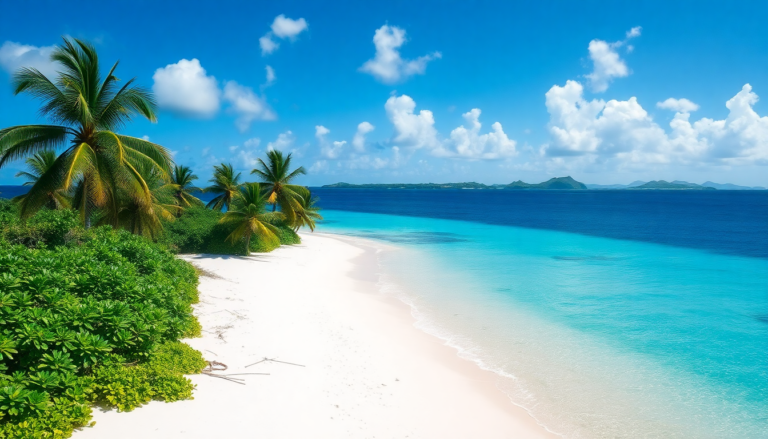Argomenti trattati
In the heart of the Indian Ocean, the Chagos Islands stand as a testament to both beauty and complexity. Recently, after years of international disputes, these enchanting islands are set to return to Mauritius—a move celebrated by many. Spanning a mere 56.1 square kilometers, the Chagos archipelago, with its 65 coral islands, offers not just breathtaking landscapes but also a deep dive into history that has shaped their current status.
The history of the Chagos Islands
Discovered by the Portuguese in the early 16th century, the archipelago has a rich colonial past. The first settlement was established on Diego Garcia in 1793 under French rule. Fast forward to 1814, the islands were ceded to the British following the Napoleonic Wars, marking the beginning of a new chapter. But it wasn’t until the 1960s that the islands became a focal point of geopolitical interest when the U.S. negotiated to build a military base on Diego Garcia, leading to the forced removal of its inhabitants. Imagine being uprooted from your homeland, leaving behind a rich heritage and community, and being scattered across the globe—this is the reality faced by many Chagossians.
The flora and fauna of Chagos
Despite the tumultuous history, the environmental impact of the human absence has been surprisingly positive. The Chagos Islands boast some of the most pristine coral reefs in the world, teeming with diverse marine life. As you stroll along the shores, the sight of vibrant fish, majestic sharks, and endangered seabirds fills the air with life. The untouched beauty is so profound that it almost feels as if nature has reclaimed its territory, creating a sanctuary for various species. I remember the first time I encountered such a vivid underwater world; it felt like stepping into a living painting.
The significance of the recent developments
In 2010, the British government designated the area as a Marine Protected Area, recognizing its ecological value. Yet, questions remained regarding the rights of the Chagossians—those who had been forcibly removed. The recent decision to return the islands to Mauritius has reignited hope among the displaced. However, the reality is complex; while the islands are returning, the control of the military base remains under British and American oversight, a point of contention that raises eyebrows. How will the Chagossians navigate this new landscape? Will they ever return home?
Economic implications and future prospects
Economically, this transition may bring about significant changes. The UK has committed to paying Mauritius £101 million annually, a move seen as both a means of compensation and economic support. Yet, this financial gesture cannot erase the history of displacement and loss. The Chagossians, now scattered in Mauritius, Seychelles, and the UK, continue to dream of returning to their ancestral lands—a dream that, despite recent developments, remains elusive.
Reflections on a complex legacy
As the Chagos Islands prepare for this new chapter, they symbolize more than just a geographical location; they embody the struggles of a people and the resilience of nature. Personally, I believe that while the return is a step forward, it’s essential to acknowledge and address the historical injustices faced by the Chagossians. Their story is a reminder of the intricate relationship between land, identity, and community.
In conclusion, while the Chagos Islands are often overlooked on travel itineraries, their history and natural beauty make them a compelling destination for those who seek to understand the world beyond the surface. As many know, travel is not just about seeing new places; it’s about connecting with stories that have shaped our shared humanity.

